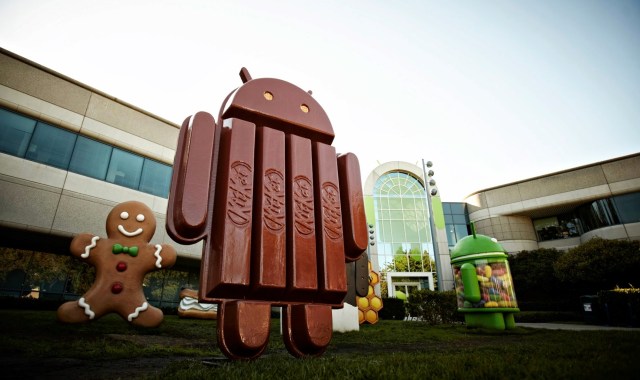It was while trying to over-write an image (PNG) with a newer one.
Two quick reactions:
- I would hate to be translator @ Microsoft who had to translate this into other languages. How bad is it really? Catastrophic, that must be really really really bad. Better get out my thesaurus so I get the 'tone' just right...
- As a end-user, I was trying to understand what to do next? I tried it again, got the same error. Then I was thinking, do I need to restart my laptop? So do I prepare for a upcoming crash? Should sell my stocks and prepare for the end of the world?
This is what Webster's dictionary says about the word:
1 : the final event of the dramatic action especially of a tragedy
2 : a momentous tragic event ranging from extreme misfortune to utter overthrow or ruin
3a : a violent and sudden change in a feature of the earth
3b : a violent usually destructive natural event (as a supernova)
4 : utter failure : fiasco <the party was a catastrophe>
So basically my Folder view is like a:
- A tragedy...
- A 'violent' and 'destructive' end...
- An "Utter" failure...
On top of THAT... my only recourse or option is..
"press OK to continue"
Like everything is going to be OK after this Catastrophic event.
No 'cancel'. No revert. No retry. No where to get additional help or error codes. No support logs. Nothing...
...Go about my normal business. Move along. Nothing to see here...
The 'error message' does not match the 'response'. It doesn't seem like an appropriate response. As an end-user (with my Design Thinking/Empathy hat on...) this would irk me. It's like it got me worked up for nothing!
But at last, thanks Microsoft! You made my day. =) Or at least you put a smile on my face... (To be fair, Microsoft isn't the only software vendor to have error messages like this. We all do it... we should just all do it less often...)
Bottom line: I'm going to think twice when I write my next error massage. That's for sure...
Hope that helps...
Wayne Pau







